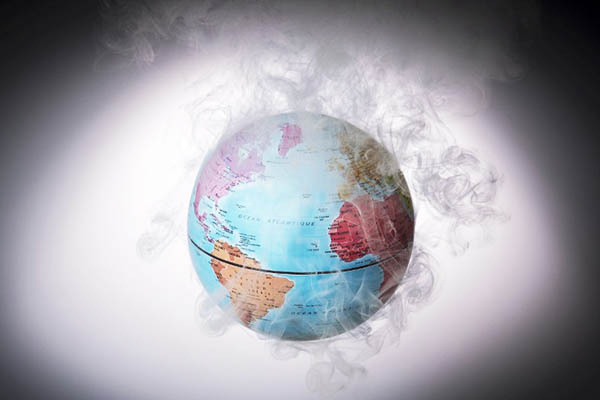
File photo. Lionel Bonaventure—AFP
There is a pessimistic view prevalent in Pakistan—arising from many undemocratic “trespasses”—of an uneducated electorate that does not vote on the basis of party manifestos, and therefore has no idea what it is voting for. This view first propped up in 1969 when PPP founder Zulfikar Ali Bhutto captured the public’s imagination with his roti, kapra aur makan slogan, countering Ayub Khan’s period of growing inequalities. It gained new fervor in the 2018 general elections when Imran Khan attracted supporters with slogans of tabdeeli to replace the baton-passing of government between the PPP and PMLN. Lost in the populist fervor is the biggest issue currently facing Pakistan: climate change.
Just over a month before the Feb. 8, 2024 polls, most parties are recycling their old manifestos ahead of the upcoming polls, ignoring the change needed to ensure the country’s future. Of the major political parties, the PMLN appears to be wooing supporters through remembrances of previous accomplishments; the PPP has revitalized roti, kapra aur makan, adding free electricity and more handouts; and the PTI is banking on sympathy arising from a missing “level playing field.” None of them have put much emphasis on the work required to prepare for the coming climate crisis, which would disproportionately impact the same people who are least equipped to counter it. In short, there is no clear plan from any major political force on how Pakistan will realistically respond to the coming crisis.
Our political and societal polarization has rendered most Pakistanis indifferent to the defining challenge that climate change is shaping up to be. Rising temperatures would be worst felt in cities, dominated by heat-absorbing surfaces and limited green spaces, creating urban heat islands, most clearly felt in densely packed low-income areas. This would likely boost health disparities between the haves and have-nots.
A potential stop-gap is shifting to “cool roofs,” which are designed to reflect more sunlight than conventional roofs, reducing indoor temperatures and air quality, thereby boosting sleep quality and curtailing its adverse impacts. As an added benefit, they would also reduce energy consumption in summers; a welcome counter to hefty power bills. Unfortunately, such plans require access to funding that Pakistan might not have access to for several years, as it continues to reckon with an economic crisis that shows no signs of abating in the near-term. Choosing between saving the economy and saving the populace might just take on urgent dimensions that Pakistan is ill-prepared for.
